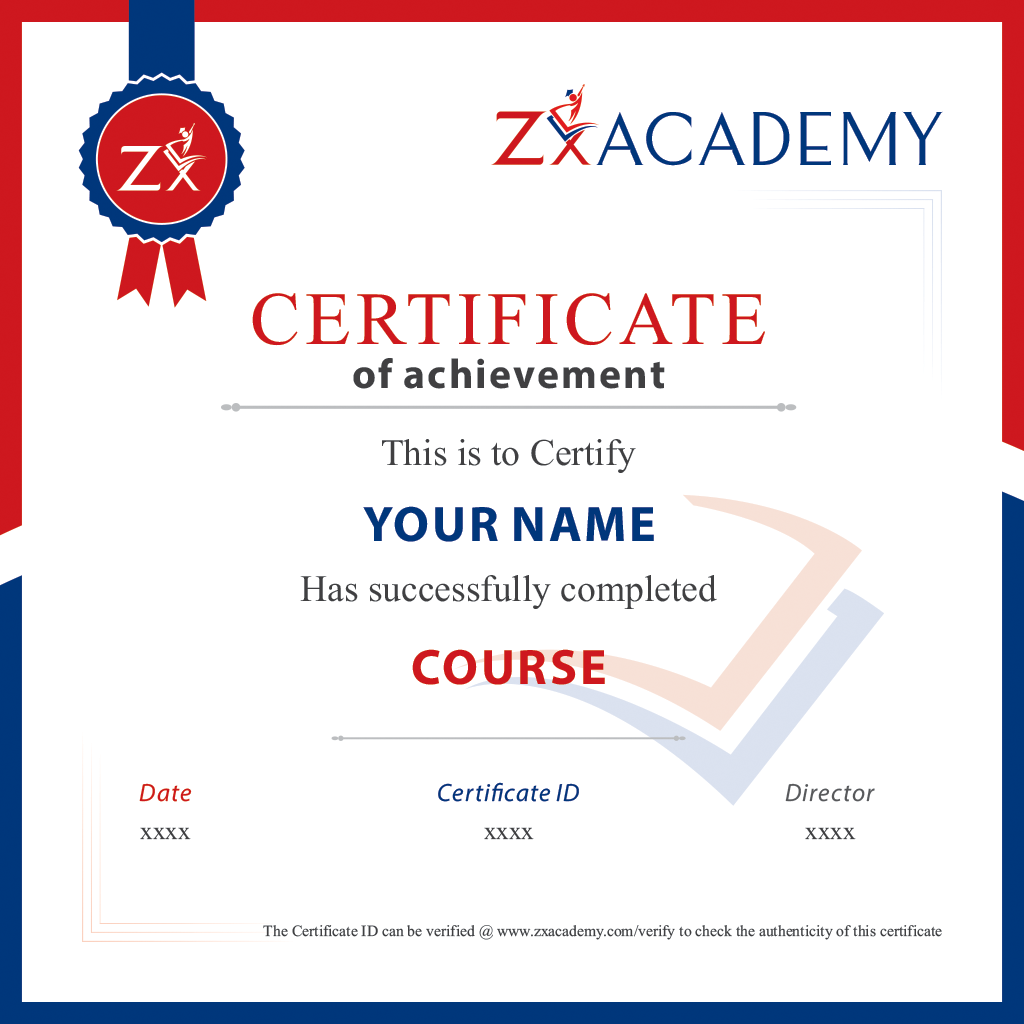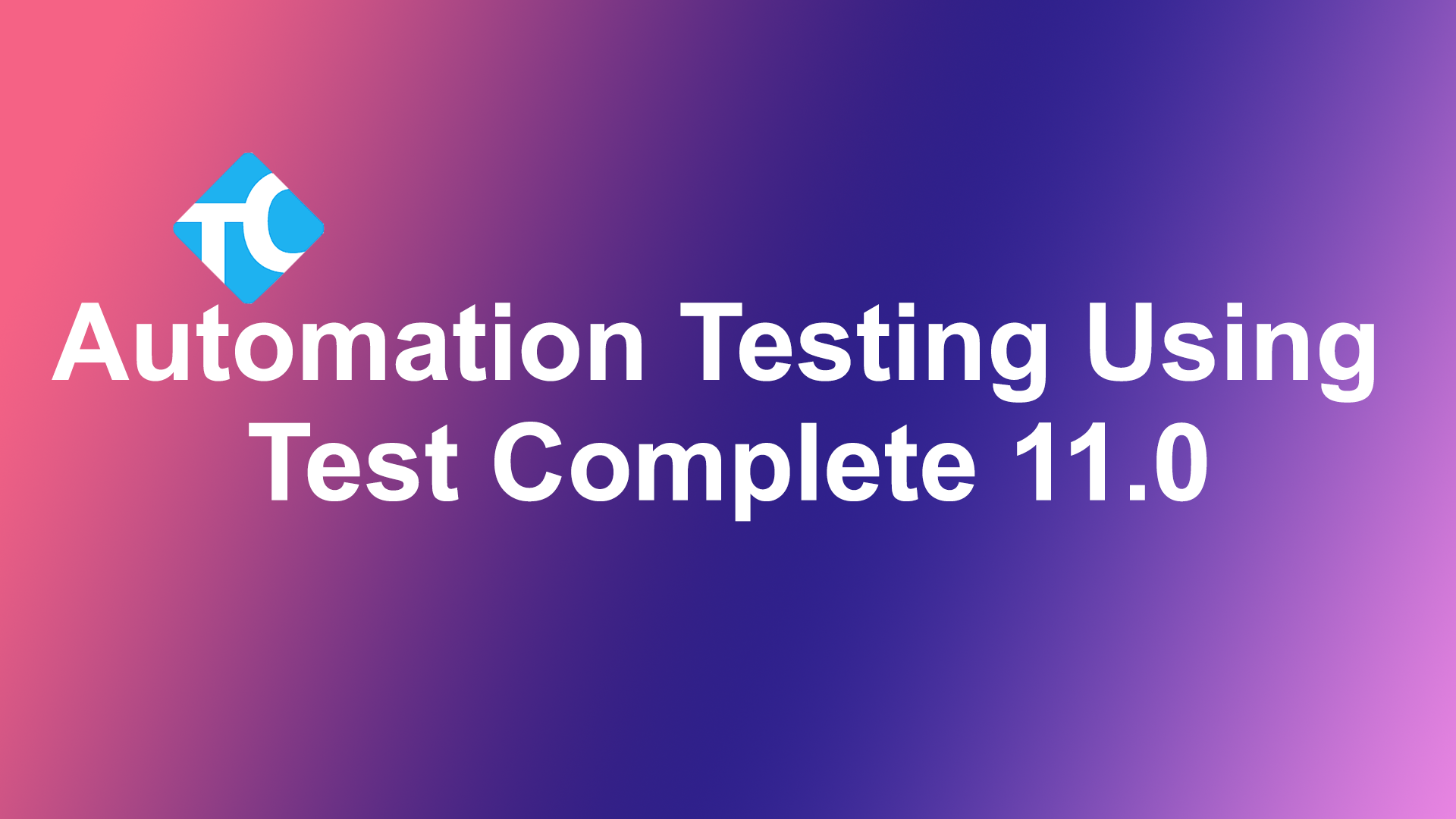Upcoming Batches for Manual Testing
Not compatible with the above dates?
Manual Testing Course Details
With the assistance of ZX Academy's Manual Testing certification program, which has been carefully vetted by top industry specialists, you may master testing methodologies and construct test cases and scenarios that may be based on specifications (Black-Box Techniques) or experience (Error Guessing Techniques). You will learn about unit testing, integration testing, system testing and regression testing, as well as how to organize and carry out software testing tasks for a testing project, in this manual testing course. Learn how to write and execute test cases, create defect status and test closure reports, and start working on cases from real industry sectors.
Why Manual Testing Training is Beneficial
Companies all across the world are searching for skilled test experts who possess the skill sets they need. The use of manual testing is one of the greatest ways to manage teams working on a variety of projects since it is a practical solution with unmatched technical potential for growth. They can develop into high-performing testers who can concentrate on complicated features and functions, find bugs in the code, and maintain testable systems by embracing the culture, methods, and tools of manual testing. Obtaining a Manual Testing Certification is your best bet for finding employment in this field that pays well.
- Research and Markets predicts that software testing services will increase to $55.76 billion by 2026 with a CAGR of 15.07%.
- Software testing makes the program usable, making it a crucial step in the introduction of new versions of the program.
- In the United States, software test engineers make an average annual pay of $92,908, according to Indeed.com.
- Greater knowledge: The software testing process is thoroughly explained in manual testing certification training.Improved analytical and problem-solving abilities are gained through manual testing certification training.
- Better communication: Manual testing certification training aids in the development of communication skills, which are crucial for effective software testing.
- Boosted self-assurance: Training for manual testing certifications contributes to increased self-assurance in the software testing process.
Why are manual testing certification training courses offered online so well-liked?
With the increase of test cases, manual testing has become more and more popular. A testing tool that can identify the bugs in a software system is sought after by numerous enterprises.
- There are also other factors supporting the popularity of manual testing, such as the fact that QA teams can use manual testing to act quickly and work on parts.
- The code is easily accessible for users to review and experiment with.
- A manual test may yield results more quickly than an automated test, in addition to being less expensive to implement.
- Debugging and identifying faults are made simpler for the testing engineer.
Who should take a manual testing course?
- Any graduate may enroll in our manual testing course.
- Those interested in a testing career
- Engineers in quality control
- technicians for quality control
- Testers
- software engineers
- Engineers
- analysts of data
What Prerequisites are needed to enroll in the online manual testing certification program?
Below listed are the Prerequisites needed to join in this course:
- familiarity with the software development life cycle
- knowledge of software testing guidelines
- Understanding of software quality assurance and familiarity with various testing methods
- familiarity with bug tracking software
- comprehension of test case design methods
- understanding of scripting languages
- knowledge of automated testing tools
- understanding of the defect management process
What are the objectives there in the manual testing course?
- After completing the manual testing course, you will be able to: Understand basic ideas in software testing, including software testing objectives, processes, criterion, techniques, and methods
- Understanding manual testing procedures such as unit testing, integration testing, system testing, and regression
- Learn how to organize a testing project, create test cases and data, carry out testing activities, handle problems, and produce test reports.
- Learn how to produce software testing documentation and interact in numerous ways with engineers.
- Create and carry out software testing activities for a testing project.
- Interact and work together with stakeholders through effective communication
What types of employment opportunities are there for Manual Testing Certified professionals?
Our manual testing certification program is intended to assess knowledge and build skills in candidates. You will be able to apply for a variety of jobs once you have earned this qualification. The most crucial job positions include those of software testing engineers, software test managers, QA engineers, QA leads, managers, and others.
Which skills were covered in this manual testing training and certification course?
Possibilities Acquired by People Who Have Completed Manual Testing Training and Certification Courses
- Awareness of the software testing and development life cycles.
- Understanding of various testing methodologies, including functional, integrated, system, regression, and acceptability testing.
- Possession of the ability to write test scripts, test cases, and test strategies.
- Capability to locate and record software flaws.
- Knowledge of the procedures for software quality control.
- Capability to use HP Quality Center and other test management systems.
- Understanding of software development methodologies like Waterfall and Agile.
- Knowledge of the standards and requirements for software.
- The capacity to examine and decipher test data.
- Understanding of best practices and standards for software testing
Salary Trends:
According to Glassdoor, the average salary for a manual tester in India is ₹4,29,508 per year, with an average additional cash compensation of ₹29,508Are you excited about this?
Manual Testing Curriculum
Introduction to Software Testing
Software Development Process
Project Vs Product
Objectives of Testing
Testing Principals
Software Development Life Cycle
SDLC
SDLC Models
Waterfall Model
Spiral Model
V Model
Prototype Model
Agile Model (Scrum)
How to Choose Model for a Project
Software Testing-Methods
White Box Testing
Block Box Testing
Gray Box Testing
Levels of Testing
Unit Testing
Structural Testing
Statement Coverage Testing
Condition Coverage Testing
Branch Coverage Testing
Path Coverage Testing
Integration Testing
Big Bang Integration
Top Down Approach
Bottom up approach
Stubs and Drives
System Testing
Functional Testing
Non Functional Testing
Compatibility Testing
Performance Testing
Load Testing
Volume Testing
Stress Testing
Recovery Testing
Installation Testing
Globalization Testing
I18N
L10N
Security Testing
Usability Testing
Accessibility Testing
Beta Testing
End-End Testing
Ad-hoc Testing
Risk Based Testing
Sanity/Smoke Testing
Re-Testing
Regression Testing
Exploratory Testing
Parallel Testing
Concurrent Testing
Check List for Web Application Testing
Web App Testing Terminology
Equivalence Partition
Boundary Value Analysis
Review Test Case
Walkthroughs
Inspection
Peer Review
Traceability Matrix
Build Deployment
Project Dev Env (Dev, Test, Prod)
Defect Life Cycle
Severity, Priority
Defect Tracking Tools
Test Summary Reports
Project Metrics
QA & QC
ISO & CMM Standards
Testing Certifications
Interview Question
Organization Hierarchy
Role of Project Team Members
Architecture of QC Tool
Create Users
Assign User to Projects
Monitor Connections & Licenses
Sitescope
Backup, Restore Projects
Version Control
Working with test Plan
Developing Manual & Automation Tests
Coverage Analysis/Traceability
Create Test Cases
Running Tests
Record Results
Defect Reporting & Tracking
Integration with QTP
Test Resources
Test Linkage
Like the curriculum?
Projects on Manual Testing
What are the Projects that involve actual manual testing certification courses?
Our manual testing training program aims to provide top-notch instruction that emphasizes practical application while covering good underlying knowledge of key concepts. Learners can develop their abilities and carry out real-time projects using the best practices by being exposed to use-cases and scenarios from the present industry.
Student ERP
The goal of this project is to create an online portal that will serve as a single hub for branch-by-branch management of information related to student admissions, fee payments, academics, lease management, asset management, and warehousing. It is a platform for interactively integrating all relevant operations and organizations in order to boost productivity, cut expenses, and enhance management.
Management system for AS E-Protocol.
All the committees are included in the integrated version of EProtocol 2.0. Human studies and animal studies are included in the eProtocol 2.0 Research Administration.
Project Resources
Manual Testing Certification
Make a concise test strategy.
Make sure to include test cases for all the requirements listed in the paper.
Obtain the QA lead's review of the test cases.
Run test cases to see if there are any bugs.

Get certification or Get ahead with Zx Academy’s Certification or
Faq’s for Manual Testing
Reviews
Amelia.




